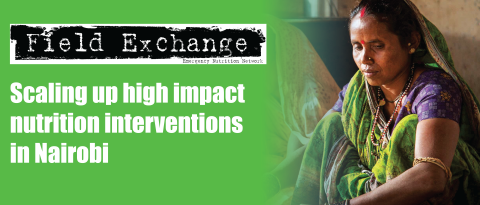Outcomes and risk factors for infants under six months old with severe acute malnutrition in Bangladesh
Research snapshot 1
Severe acute malnutrition (SAM) affects around four million infants under six months of age (u6m) worldwide, but evidence underpinning their care is limited and of low quality. The purpose of this study was to identify risk factors for infant u6m SAM and describe the clinical and anthropometric outcomes of treatment with current management strategies to inform future research and policy. A prospective cohort study was undertaken in Barisal district, Bangladesh, among one group of 77 infants u6m with SAM (weight?for?length z?score (WLZ) <?3 and/or bipedal oedema) and a second group of 77 infants u6m without SAM (WLZ ≥?2 to <+2, no oedema, mid?upper?arm circumference ≥125 mm). All were enrolled at four to eight weeks of age and followed up at six months. Infants identified with SAM were referred to existing services (inpatient treatment).
Despite referral, only 13 (17%) reported for inpatient care. At six months, 18 (23%) infants with SAM at the outset still had SAM and three (3.9%) had died. In the non?SAM group, one child developed SAM and none died. The SAM group had significantly more stunting (62% vs. 15%), more severe stunting (40% vs. 0%), and more underweight (68% vs.7%) compared to the non-SAM Group.
Risk factors associated with infant SAM included non?exclusive breastfeeding at enrolment and at follow-up, age at enrolment, years of maternal education, access to electricity and mother not satisfied with breastfeeding at enrolment. Mothers of the SAM infants were significantly lighter, shorter and had lower MUAC than non-SAM mothers; only MUAC showed a clinically marked as well as statistically significant difference between the two groups. Maternal mental health was worse in mothers of SAM infants.
The authors conclude that current treatment strategies have limited practical effectiveness. The main reason for this is poor uptake of inpatient referral. World Health Organization recommendations and other intervention strategies in outpatient?focused care for malnourished, clinically stable infants u6m need to be tested. Better case definitions of nutritionally at?risk infants are needed. Breastfeeding support is likely central to future treatment strategies but may be insufficient alone. Maternal factors should be considered when evaluating potentially at-risk infants.
Endnote
1Munirul Islam M, Arafat Y, Connell N, et al. Severe malnutrition in infants aged <6 months—Outcomes and risk factors in Bangladesh: A prospective cohort study. Matern Child Nutr. 2019;15:e12642. https://doi.org/10.1111/mcn.12642


